Hank Williams history: A look back on the country-western music icon's life
- Oops!Something went wrong.Please try again later.
Hank Williams died all too soon, just over 70 years ago when he was only 29. But in those few years, he touched the world with songs like “I’m So Lonesome I Could Cry,” “I Saw The Light,” “Cold Cold Heart,” “Your Cheatin’ Heart,” and many dozens more.
As his 100th birthday approaches on Sept. 17, bringing several celebrations before and after, here's a look at some Hank history:
His real name is Hiram King Williams.
He was born Sept. 17, 1923, in Mount Olive, Alabama (near Georgiana in Butler County).
Hank was born with spina bifida, a painful lifelong condition of the spinal column.
He had a sister, Irene.
Hank’s father, Elonzo, served in World War I and came home with shellshock. Elonzo was hospitalized and would not play a major role his children's lives.
In 1930, Lillie and her children lived in Georgiana, where Hank was influenced musically by blues street singer Rufus "Tee Tot" Payne.
Hank's family would move to Greenville sometime around 1934.
In 1937, when he was 13, Hank's mother, Lillie, moved the family to Montgomery and opened a boarding house.
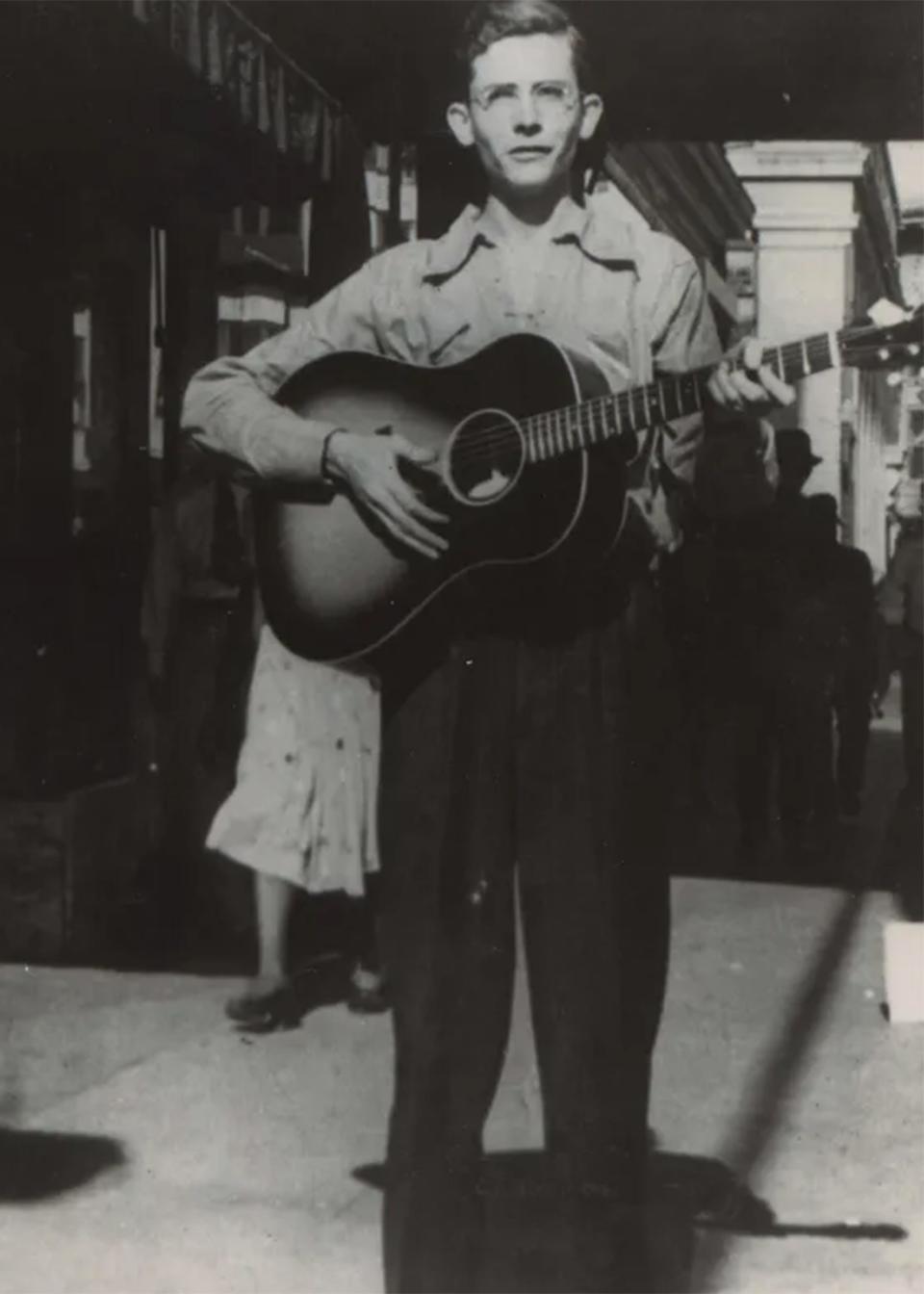
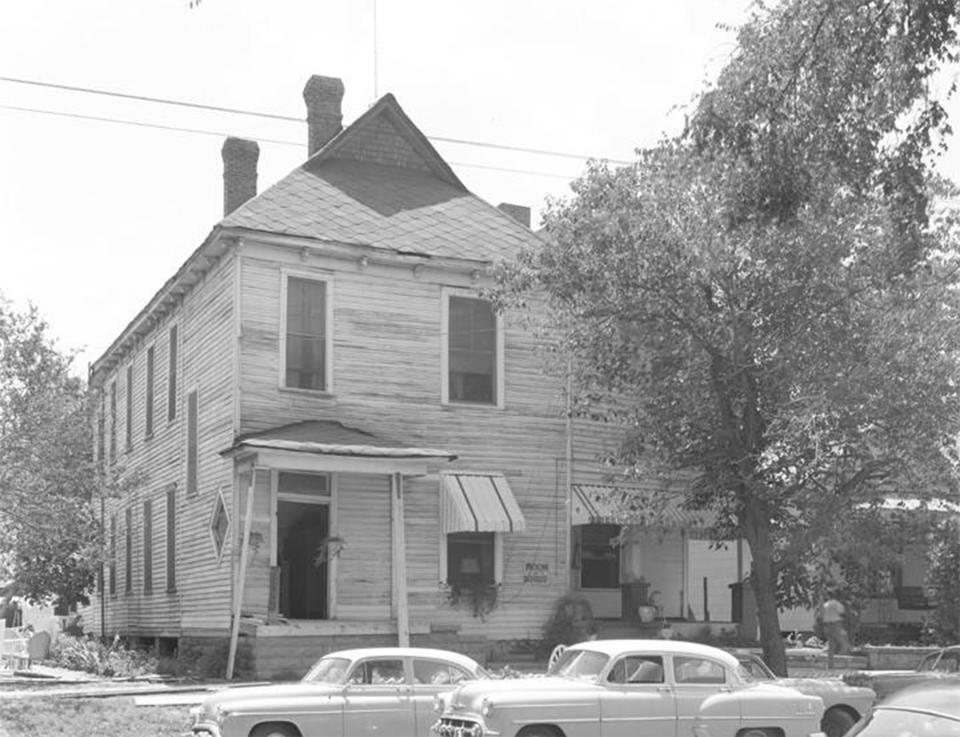
According to reports in the Advertiser, as a child he spent his time selling peanuts and shining shoes.
Hank's first guitar was bought by him and his mother on a plan of 50 cents a week. Regretfully, that guitar doesn't exist today. Hank would later tell the Advertiser, "I had to ruin it over a fellow's head."
Hank's first appearance was at a matinee show at the Empire Theater in Montgomery when he was 12. He won a $15 prize.
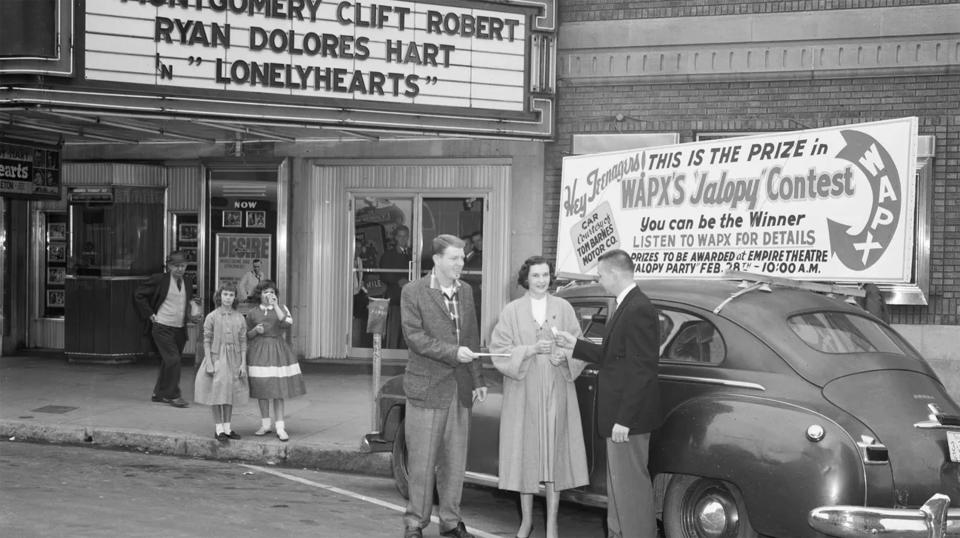
At age 13, he walked into WSFA radio with a battered guitar held by a yellow string and told them, “I think I’m good enough to play and sing.” He performed, and was met with two words from the auditioners: “You’ll do.”
Hank formed his band, The Drifting Cowboys, in Montgomery.
In the early ‘40s, when Hank Williams was in his late teens, he and his Drifting Cowboys were regulars on WSFA radio in Montgomery, and the Advertiser listed their performance times almost daily. That continued through Hank’s 20s, and he’d do three daily commercial programs for them.
Through the 1940s, the band would also occasionally do live performances for groups and clubs like the Lions, Exchange and USO, along with being the local artists for events like the Hillbilly Jamboree.
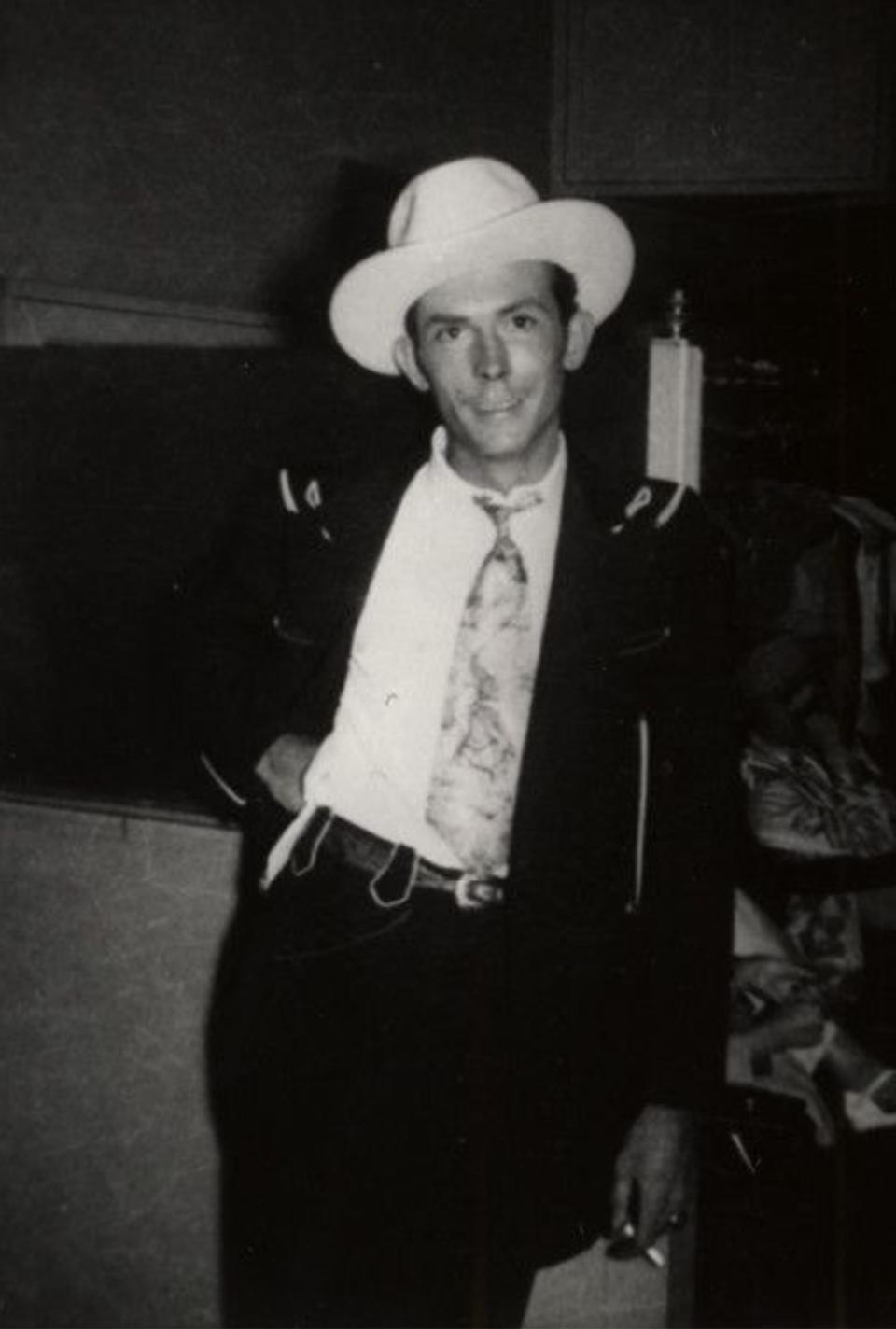
In 1944, they furnished some “fast fiddlin’music” for a barn dance at Maxwell Field for enlisted personnel. This was one of the first Advertiser stories about Hank where his name appeared in the headline.
He and Audrey were married on Dec. 15, 1941, in Andalusia. Audrey had a daughter named Lycrecia from a previous relationship.
By 1945, Hank was a regular Sunday afternoon performer at the Cavalier Club on Mobile Highway in Montgomery.
By 1946, Hank was clearly becoming a headline act, including events like the WSFA Jamboree at the Capital Stock Yards Auditorium.
He signed with MGM Records in 1947, and released "Move It On Over."
In 1947, Hank and Audrey moved to Shreveport, La.
In May 1947, ads began running in the Advertiser for records by “your favorite hillbilly artist.” Silver’s Record Dept. and Cohen Amusement Co. had his latest music in stock — “Move It On Over” and “Crying In Your Sleep.” You could pick up a record for 63 cents.
By August 1947, “Move It On Over” had climbed to No. 4 for Billboard Magazine’s “Most Played Juke Box Records.”
Though Hank was finding success, he still found time to play at and near home. In Sept. 1947, he did a two-night show at the Lyric Theatre in Prattville. That December, he performed for a Robinson Springs School Parent-Teacher Association party, and played before a movie screening of “Tarzan and the Amazons” during a canned food drive at the Paramount Theater.
Local performances continued in 1948, playing everywhere from a basketball game in Prattville to shows at Montgomery’s city auditorium (where adults could get in to the concerts for $1).
In April 1948, 26-year-old Hank’s “Honky Tonkin’” hit jukeboxes and music stands. By this time, the Advertiser reported that he had 46 other published singles. Also by then, “Move It On Over” had already sold more than 108,000 records.
Hank released a series of major hits over the next five years. He recorded 225 songs, 128 of which he wrote. Eleven of his recordings became No. 1 hits.
His son, Hank Williams Jr., was born May 26, 1949, to wife Audrey.
In November 1949, Hank was part of a 20-day tour of England, France and Germany to entertain military personnel and civilians employed by the U.S. government.
Hank was a star on the Grand Ole Opry in Nashville from 1949 to 1952.
In January 1951, Gov. James E. Folsom said, "Alabama is proud of Hank Williams and wishes for him many more years of eventful singing, playing and composing."
In July 1951, Hank returned to Montgomery for a homecoming show, with other acts like The Carter Family, Chet Atkins, Hank Snow, and Big Bill Lister. About 10,000 attended at the coliseum. "This is the first time I've ever been scared," Hank said of his appearance.
In August 1951, Hank returned for another Montgomery concert, this time at Cramton Bowl with Minnie Pearl.
In September 1951, it was announced that Hank had signed a four-year movie contract with MGM Pictures, with plans for Hank to make one movie each year. That contract would later be canceled.
In December 1951, Hank underwent a spinal operation.
In January 1952, Audrey filed a much publicized suit against Hank, tieing up $133,000 in property. Their divorce was finalized on July 10, 1952.
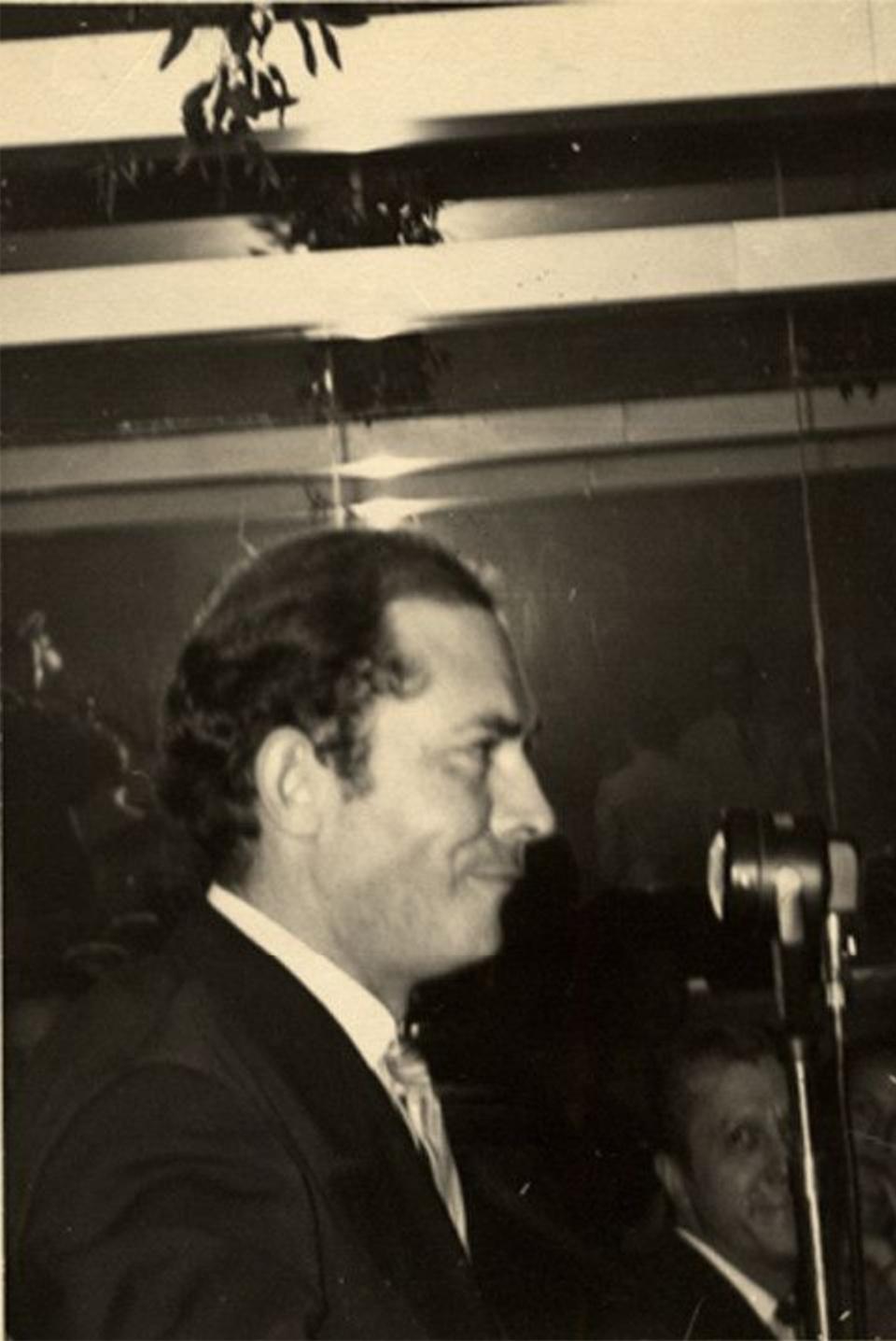
In August 1952, Hank returned to Butler County, where he was born, for Greenville's Homecoming Day celebration.
Also in August 1952, Hank was released from WSM radio in Nashville for "failing to appear on scheduled radio programs and missing personal appearance performances."
On Oct. 18, 1952, 29-year-old Hank married country singer/songwriter Billie Jean Horton, 19, of Shreveport. The wedding was attended by 14,000, since it took place at a concert in New Orleans. "When I played 'Jambalaya' those Frenchmen roared the roof off. They went crazy," Hank told Advertiser and Alabama Journal columnist Allen Rankin, in a story that ran on Dec. 29, 1952.
On Dec. 28, 1952, Hank attended and performed at the annual party and banquet for Local 479, American Federation of Musicians, in Montgomery. It was reported that he sang "Jambalaya," "Cold, Cold Heart," "You Win Again," and "Love Sick Blues" for what was, unexpectedly, his last performance.
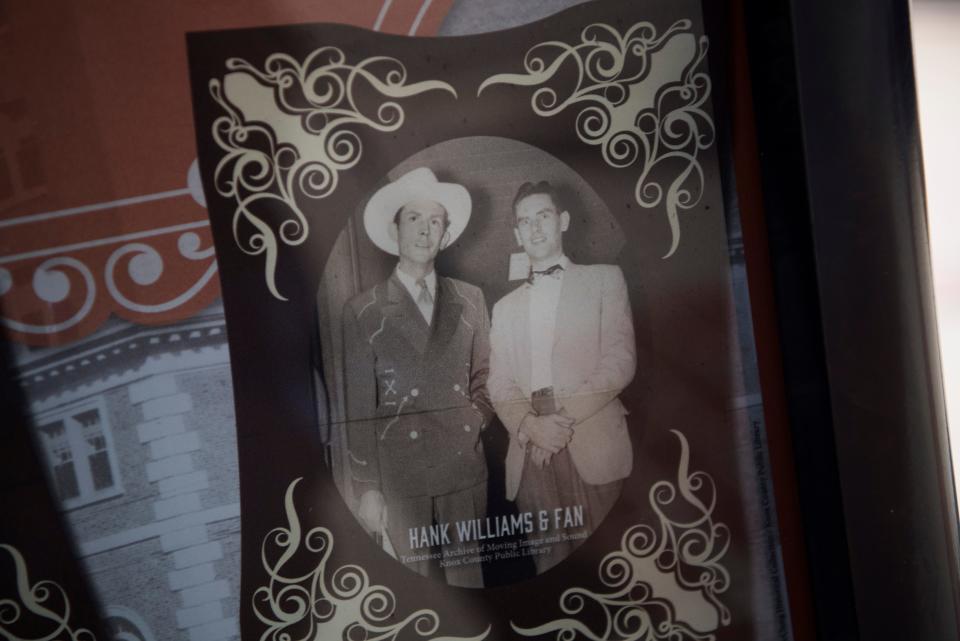
Hank died on Jan. 1, 1953, near Oak Hill, W.Va. at age 29 while traveling from Knoxville, Tenn., to a personal appearance in Canton, Ohio. The driver, Charles Carr of Montgomery, said Williams fell unconscious in the back seat of the vehicle. The two had gone on the road trip after weather had prevented a flight the previous night to another appearance in Charleston, W.Va. Hank was dead on arrival at the hospital. Officially, he died of a heart attack. It's been speculated that years of alcohol and drug use may have contributed to it.
Carr had been pulled over by state highway patrol Cpl. Swann Kitts several hours before Hank's death was reported. "I told Carr that Williams looked dead," Kitts said. "But I did not press the point when Carr explained that Williams had been given two sedatives by a Knoxville physician."
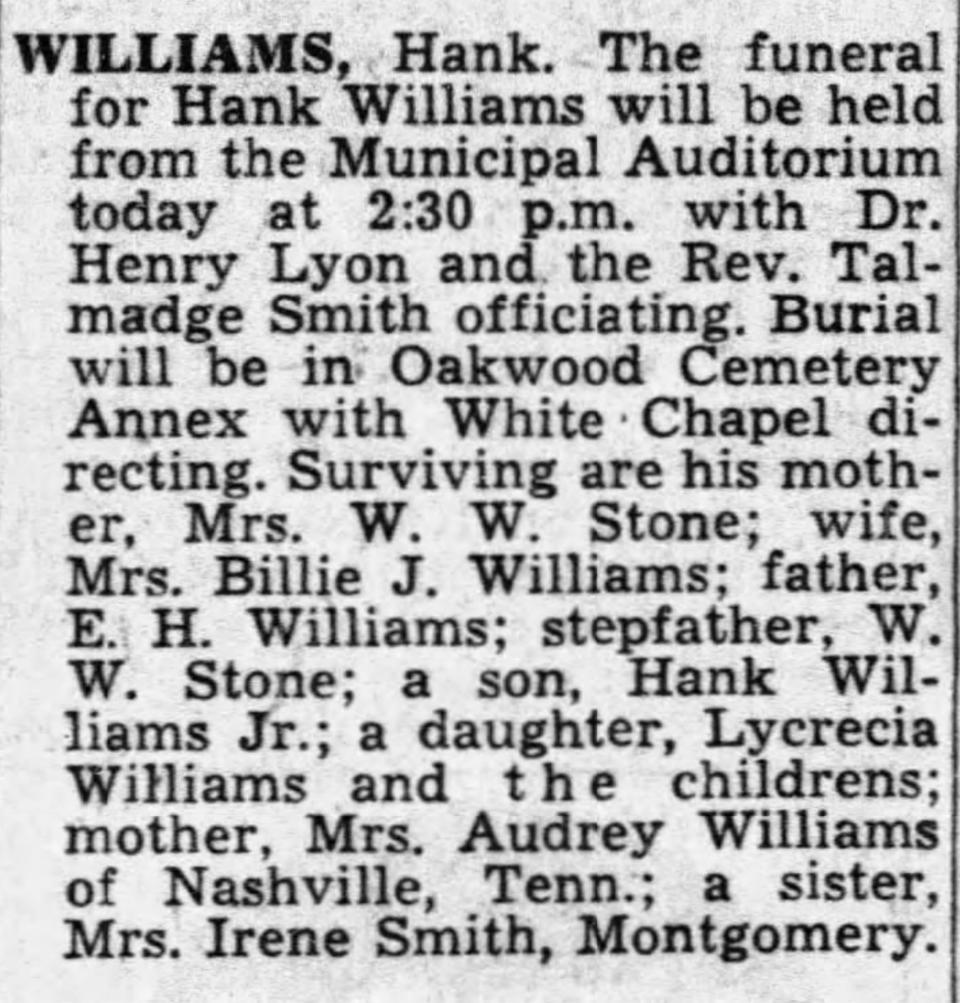
On Jan. 3, 1953, the Advertiser wrote this of Hank: "He was racked by physical and emotional afflictions, and these coupled with his gift of song, made him kin to millions."
Three days later, on Jan. 4, 1953, Hank's funeral was held in Montgomery's city auditorium. Hank was buried in Montgomery, with more than 25,000 mourners present.

Two days after his funeral, Hank's daughter, Jett Williams, was born on Jan. 6, 1953, to Bobbie Webb Jett.
In 1961, Hank was one of the first three inductees into the Country Music Hall of Fame, with Fred Rose and Jimmie Rodgers.
In 2010, Hank was awarded a posthumous Pulitzer Prize for his songwriting craftsmanship and for his role in transforming country music into a major musical and cultural force.
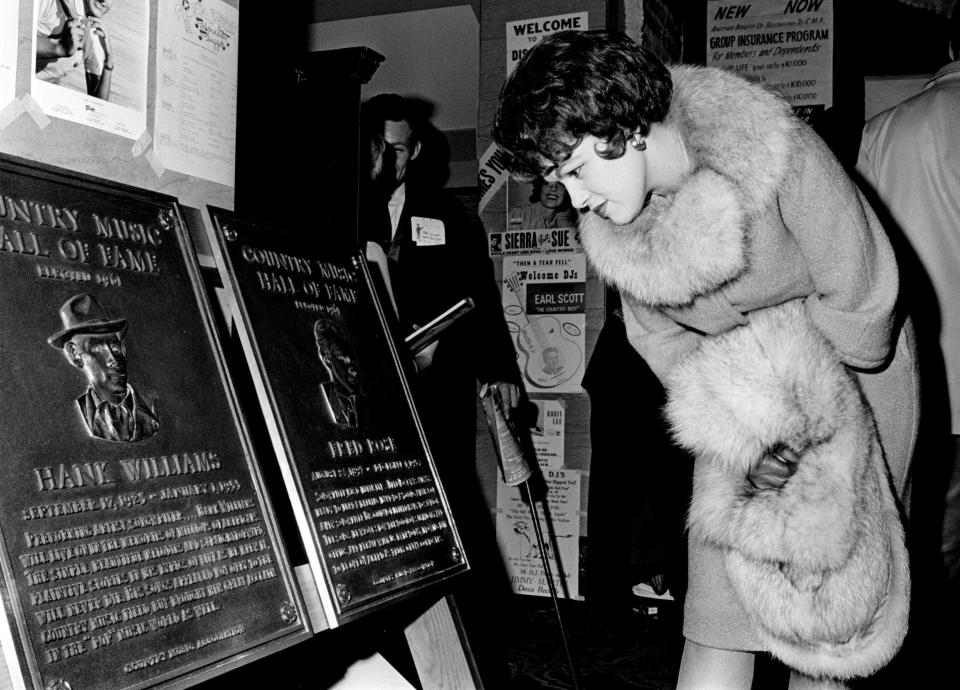
Learn more about Hank's history and legacy from the Hank Williams Museum, 118 Commerce St., Montgomery, the 6,000 square foot museum dedicated to the life of country music's first superstar. Learn more about the museum online at thehankwilliamsmuseum.net.
Montgomery Advertiser reporter Shannon Heupel covers things to do in the River Region. Contact him at sheupel@gannett.com.
This article originally appeared on Montgomery Advertiser: Hank history: A look back on the country-western music icon's life

